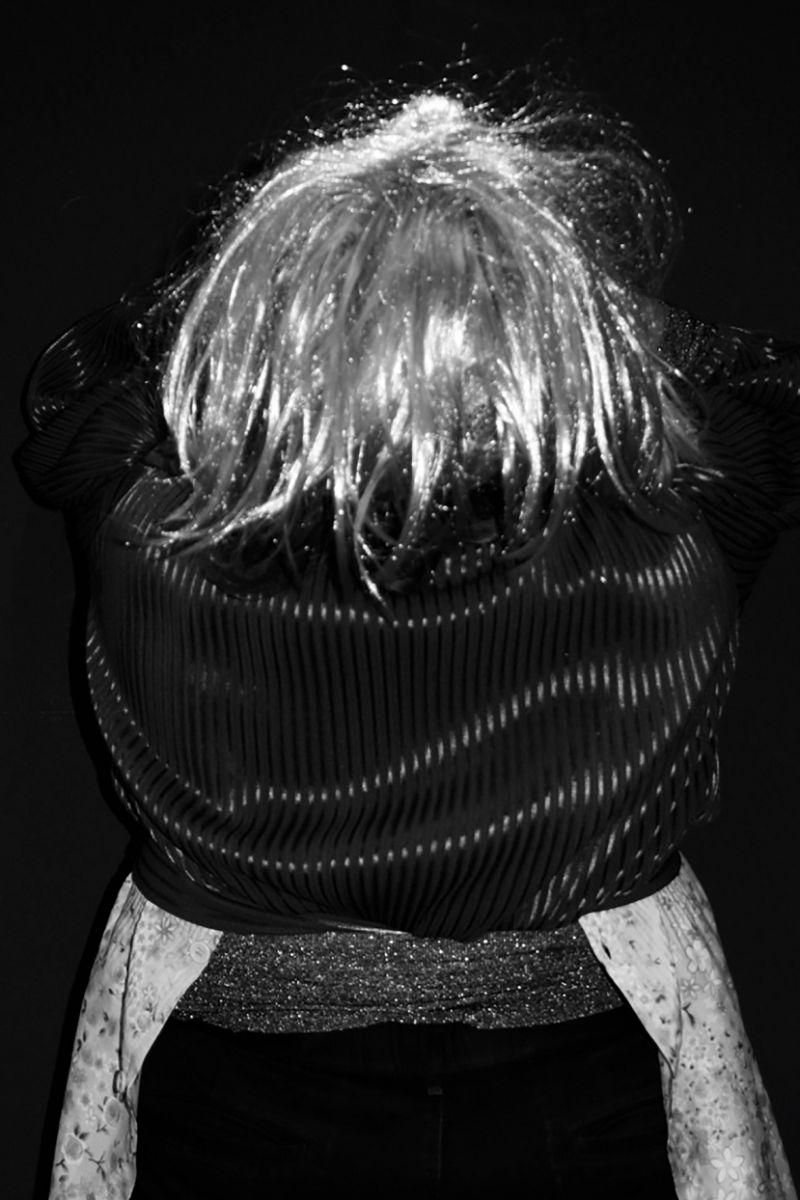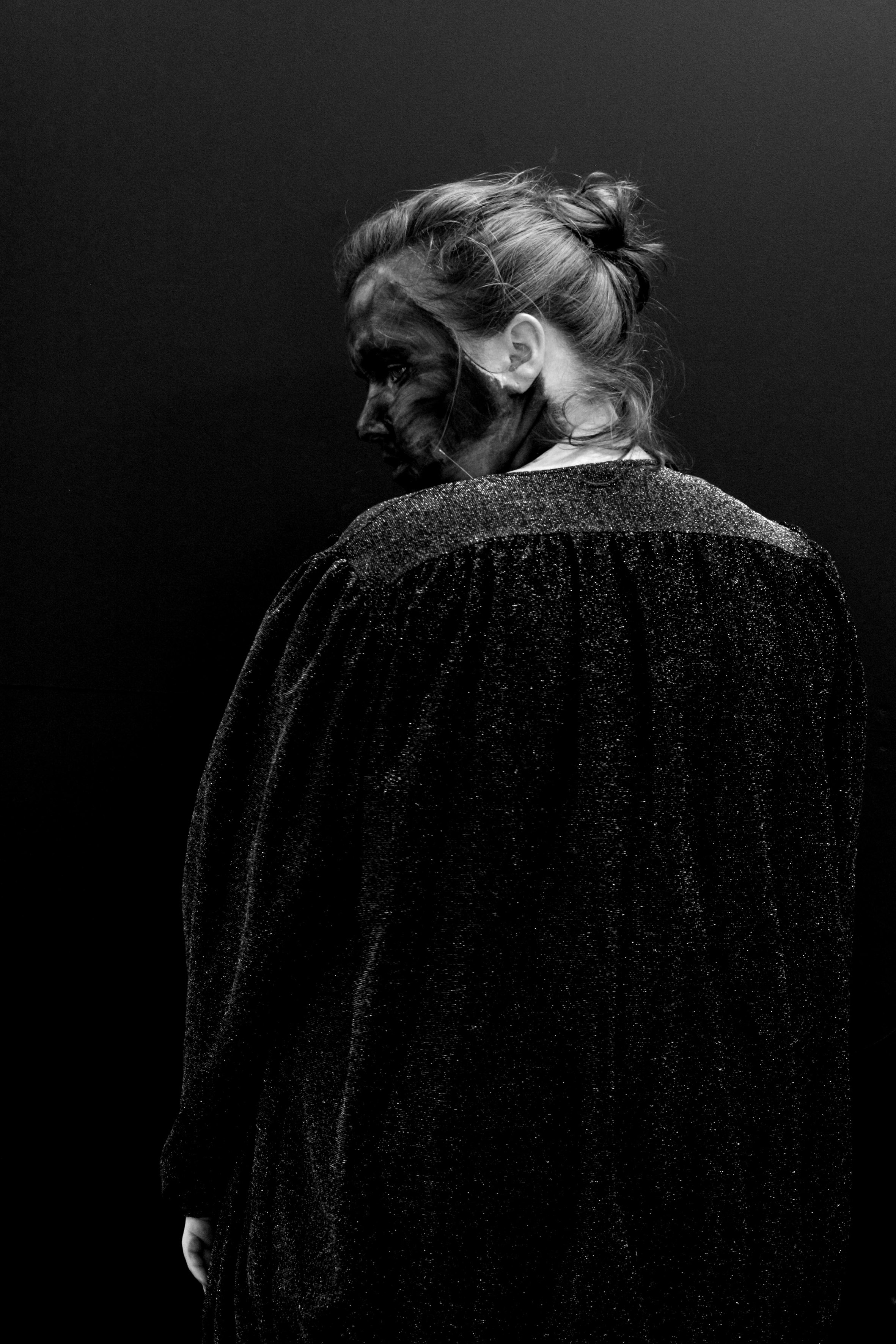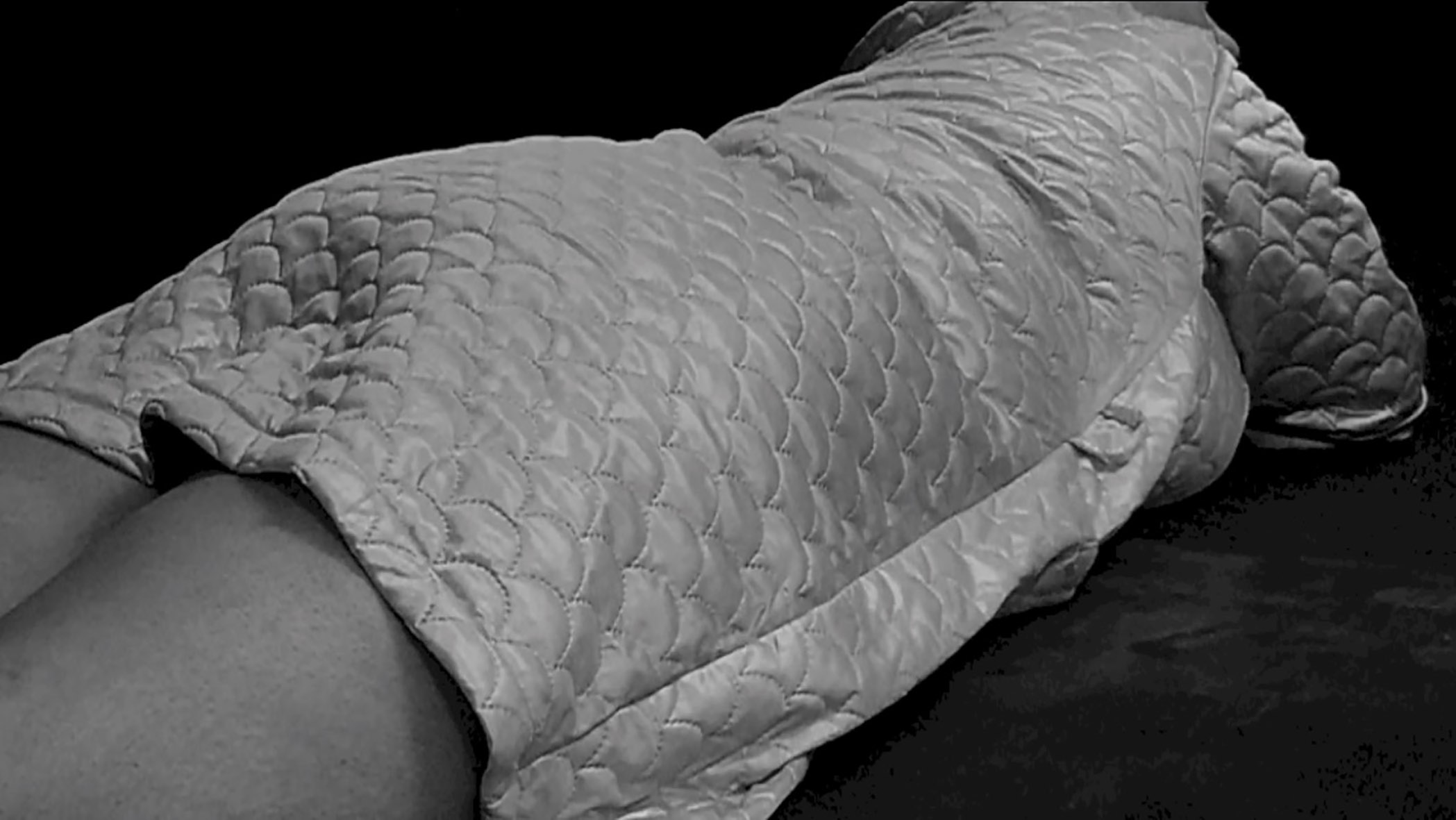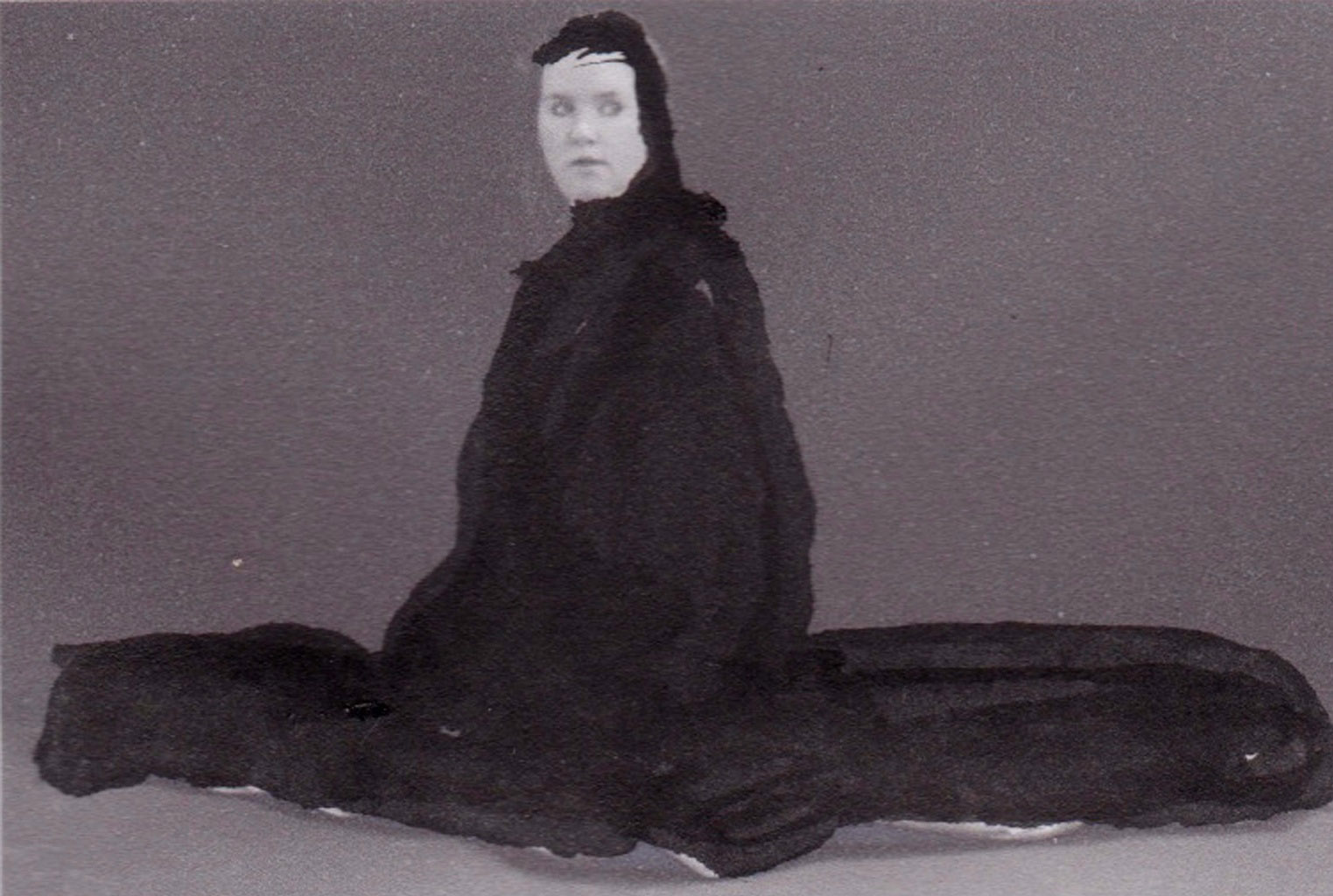Lien Huwels

The photographs and videos of Lien Hüwels (B,1988) are a minimal, registered action in time that manifest themselves as monumental presences of the model in a setting of which the atmosphere appears to be desolate, almost anonymous. The united role of the artist and artist’s model questions the interchange between both: looking and being looked at and their influence on the formation of imagery.
‘The image of an individual is formed on the basis of various ways in which viewers observe the individual. The formation of the individual’s identity is therefore just as much a search by the viewer to discover himself and his own position. We continually have the possibility to change, to become someone else. Our identity is unfixed and therefore anonymous. We are at most en route to becoming someone.’
Various media are currently being researched within this theme by the artist which broadens the research. The influence of the environment and the others call for an adaptation, a constant change.
Lien Hüwels lives and works in Antwerp, makes photos, videos and installations. She is a graduate of Sint Lucas Antwerp
---
At a time in which the outcrops of conceptual thought have prominence; in which curators, based on philosophical reflection, seek out artists that may illustrate their pre-established thought processes; at a time of art fairs and biennales in which it is necessary to act swiftly - in brief, at a time when cognitive thought regarding art occupies the prominent position, Lien Hüwels’ work can be easily accommodated under such themes as identity, feminism, voyeurism, transformations or other labels that narrow down the work to a univocal view.
To me, the essence of her work lies at the point where non-understanding begins. Her photographs communicate power, danger and vulnerability. The tension between these layers comes forth from an unnameable inner world. It is this world that continues to touch me and fascinate me, precisely because of its ungraspable essence. The black faces to me refer not so much to searches or expressions of identity, but form the residues of ritual actions, an entrance portal to this inner world. The empty décor blocks with a lamp and sometimes an object, such as a white blanket, can be read as a manifestation of a first position, that of camerawoman. In this way the artist also appears to throw up these two working positions as a specific intellectual standpoint: the viewer versus the one who is viewed. What I find far more interesting is to see these pieces of décor as left-over, empty spaces, as the silent witnesses to inexplicable events. The absence, the emptiness, refers to a presence that has disappeared. The simple construction of a piece of décor on wheels diminishes the value of the location where the event occurred. Due to its normalising character, the performative presence could occur another time. Here, or in another décor. Emptiness looks back and waits. At the same time the formal installation desecrates the event and brings it back, literally and figuratively, to that which is human, closer to the viewer.
In her films, too, the body which is moving minimally, in an empty grey image, is part of an indefinable dramatic event. The drama apparently takes place in a different world, whereby the echoes of that other world are conditioned by her physical positions. In her film work Sleep, whereby her sleeping is recorded, the other world typifies itself as a dream world. And, at the same time, alongside the dream world, there exists an incredible intimacy and vulnerability in the real image. The discrepancy between the vulnerable sleeping being and the ungraspable dream world creates a strong layer of tension. It makes me wonder what other works by Lien Hüwels may yet emerge from this dream world.
The anchor point in Lien Hüwels’s visual work is perhaps the contact book. It is a library storage space, a collection and a workplace for an endless series of images. Her whole world seems to be contained in that contact book, like a logbook of various journeys. Through working on the contact sheets with ink and colourings-in new series of drawings come into being. In this series can be found the filmic; the relationship with time from one image to the next; the minimal bodily changes. The ink and colouring don’t occur from an aesthetic point of view, but arise from an intuitive treatment. It is as if a coding were taking place of various inner states. It is as if many other worlds of this artist, ungraspable and unnameable as they are, will yet present themselves to us. I look forward to it.
It is precisely in this cognitively dominant time that I find it of immense importance that Lien Hüwels is building up an artistic oeuvre with a strong inner language that emerges from the unnameable. To close with Zeami (1364-1444): “If it is hidden, it is the Flower. If it is not hidden, it is not the Flower.”
Michiel Alberts
HIGHLIGHTS






